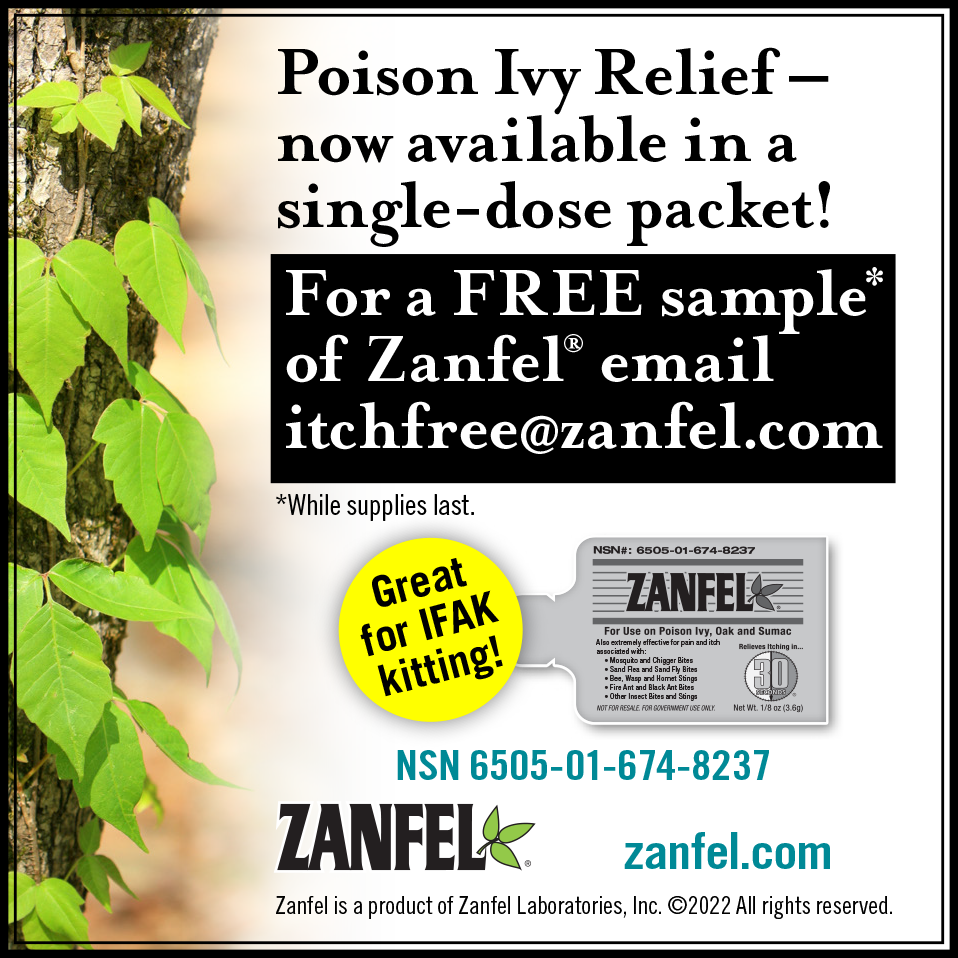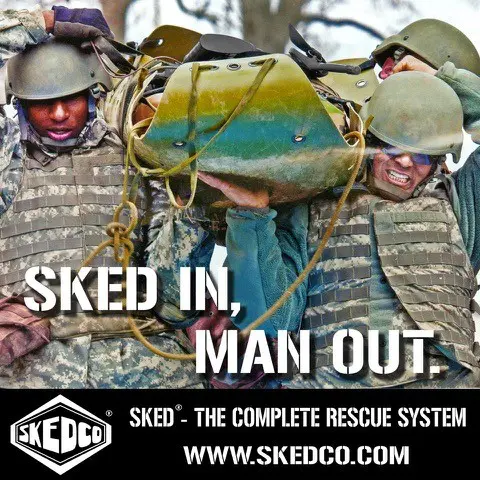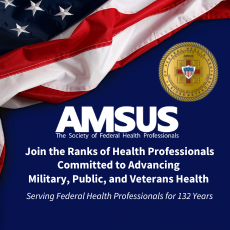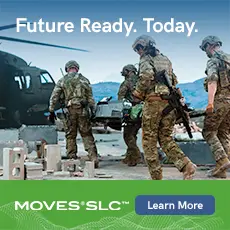Expanding Biometrics for Enhanced Border Security
Gaetano Cordone
Deputy Executive Director
Planning, Program Analysis and Evaluation
Office of Field Operations
U.S. Customs and Border Protection
From S&B and CST/CBRNE, Fall 2021
Gaetano Cordone is the Deputy Executive Director for Planning, Program Analysis, and Evaluation. Prior to his selection, he served as the Area Port Director (PD) for the Area Port of Orlando, Florida within the Office of Field Operations (OFO).
As the Area Port Director, he led operations for the Orlando International Airport, the Sanford International Airport, the Port Canaveral seaport, and four user fee airports in Daytona, Leesburg, Melbourne, and Orlando, Florida. These POEs are responsible for all passenger, tactical, and trade operations, which consists of over five million passengers, and over three billion dollars in imported goods annually. One of Mr. Cordone’s many accomplishments included the implementation of new technology, which led to MCO becoming the first U.S. airport to implement 100% facial recognition for all inbound international travelers.
Security & Border had the privilege of speaking with Gaetano Cordone, U.S. Customs and Border Protection (CBP), regarding CBP’s efforts to further secure and facilitate travel at the air, land, and sea borders by implementing facial biometrics through public-private partnerships, while protecting the privacy of all travelers.
S&B: What are some of the primary mission elements you have currently in your sector of CBP, and how they are evolving?
Cordone: As the guardian of our nation’s borders, CBP’s has a complex, multi-layered mission under the Department of Homeland Security (DHS). With more than 60,000 employees, CBP is one of the largest federal law enforcement organizations in the world that adapts to counter new threats, protects the nation’s economic vitality, and manages increasing volumes of travel and trade to the United States.
For years, DHS has had a Congressional mandate to biometrically record all foreign nationals who enter and exit the United States. While biometric entry was completed in 2004, biometric exit has been a much greater challenge given airports were never envisioned to have departure processing, and domestic and international passengers are co-mingled in the airports. Years of testing have demonstrated that biometric facial comparison technology is the most secure, efficient and cost-effective way to fulfill the Congressional mandate while protecting the privacy of all travelers.
CBP is expanding public-private partnerships with airlines, airports, and the Transportation Security Administration (TSA), to implement a facial biometric process that can be used wherever an identity check is required in air travel. The use of facial biometrics provides travelers with a hygienic, touchless process that is even more critical given the devastating impacts of COVID-19 on all modes of travel.
S&B: From a maritime perspective, what are some present challenges you find pressing in maintaining border security?
Cordone: To innovate passenger operations, CBP has deployed facial comparison technology at seven locations for closed-loop cruises to further secure and streamline the arrival process back into the United States at the end of a cruise. Since this enhanced process was implemented, the cruise lines have noticed a significant increase in traveler satisfaction based upon the passenger surveys, with many travelers highlighting the ease of the facial biometric process and time savings to depart the cruise ship.
In addition, CBP is working closely with its cruise line partners to implement enhanced data sharing agreements, in which cruise line partners will send passenger and crew member information directly to CBP in advance of a vessel sailing, thereby enhancing CBP’s ability to conduct enforcement operations. With the expansion of facial biometric technology and data sharing agreements, CBP will innovate the cruise inspection process and enhance the customer experience.
S&B: Where else do you currently have biometric operations that support field operations?
Cordone: Currently, CBP has introduced biometric facial comparison technology for entry into the United States in a total of 20 terminals at 18 airports, including four Preclearance locations. CBP has introduced biometric exit in a total of 21 terminals at 20 airports. At the land borders, CBP has also deployed facial comparison technology for pedestrian entry crossings at a total of 15 locations, including seven ports of entry on the Southwest Border and one port of entry on the Northern Border. Overall, CBP has processed more than 52 million travelers through the use of facial biometrics.
S&B: As capabilities in biometrics continue to advance, what trends do you see as most pressing in addressing threat trends?
Cordone: CBP has always had to counter the threat of document fraud by those who may have criminal and terrorist intentions. The use of facial biometrics protects the identity of travelers and adds another layer of security. Since September 2018, CBP has used biometric facial comparison technology to identify almost 300 imposters, those individuals who attempt to enter the United States using a genuine travel document that belongs to another person. Given this enormous mission to protect our land, air, and sea borders, CBP continually looks for ways to stay one step ahead of those who wish to do us harm.
S&B: How accurate is the biometric matching process?
Cordone: CBP uses high-quality facial comparison algorithm, NEC-3, with match rates above 97 percent and as high as 99 percent. In addition, it shows virtually no measurable differential performance in results based on demographic factors, according to the National Institute of Standards and Technology (NIST). To ensure higher accuracy rates, as well as efficient traveler processing, CBP compares traveler photos to a very small gallery of high-quality images that those travelers already provided to the U.S. Government to obtain their passport or visa.
CBP combines the use of the NEC-3 algorithm with highly trained CBP officers who are skilled at verifying the authenticity of travel documents to ensure the highest possible accuracy. CBP continually evaluates the performance of the NEC algorithm and is partnering with NIST to further enhance the facial comparison process.
S&B: Is every traveler required to take a photo as part of the facial comparison process, or can a traveler opt out?
Cordone: If a traveler opts out of the biometric facial comparison process or cannot be matched by the Traveler Verification Service, then a CBP officer or airline representative will manually inspect the traveler’s passport or identity document, consistent with longstanding procedures. CBP is committed to ensuring that all travelers are processed securely, efficiently, and consistent with constitutional and statutory requirements.
CBP does not currently have any plans to require U.S. citizens to be photographed when entering and exiting the country; U.S. citizens can voluntarily participate in the biometric facial comparison process. CBP discards U.S. Citizen photos within 12 hours of the identity verification process, and foreign traveler photos are stored in the DHS Biometric Identity Management System (IDENT), consistent with the Border Crossing Information (BCI) System of Records Notice (SORN).
S&B: What other challenges and opportunities do you anticipate in the future?
Cordone: The COVID-19 pandemic has caused devastating impacts to the travel industry and has created funding challenges for the government and its stakeholder partners. Despite this unexpected situation, CBP and its stakeholder partners have a real opportunity to reimagine travel and implement touchless travel of the future. CBP wants to be part of the solution and will continue to support the travel recovery efforts, especially through public-private partnerships to expand facial biometrics in travel.
When introducing a new technology to the public, communication and transparency are key success factors and essential to gain the public’s trust and confidence that their data will be protected and secured from misuse. Privacy is a core requirement that must be built into the planning of a facial biometric program from the beginning and continually assessed each step of the way.
It is also important to distinguish between different use cases of the technology. Unlike some other law enforcement agencies, CBP uses biometric facial comparison technology only at specific times and locations where travelers are already required to present proof of identity. Longstanding laws and regulations require travelers to establish their identity when entering or departing the United States, or at other places when planning to fly such as the security checkpoint. CBP uses facial comparison technology simply to automate the document checks that are already required at all U.S. ports of entry.
By maintaining an open dialogue and creating opportunities for discussion with key stakeholders, we can build support and show the value and benefits of technologies like facial biometrics to secure and streamline identity verification.























